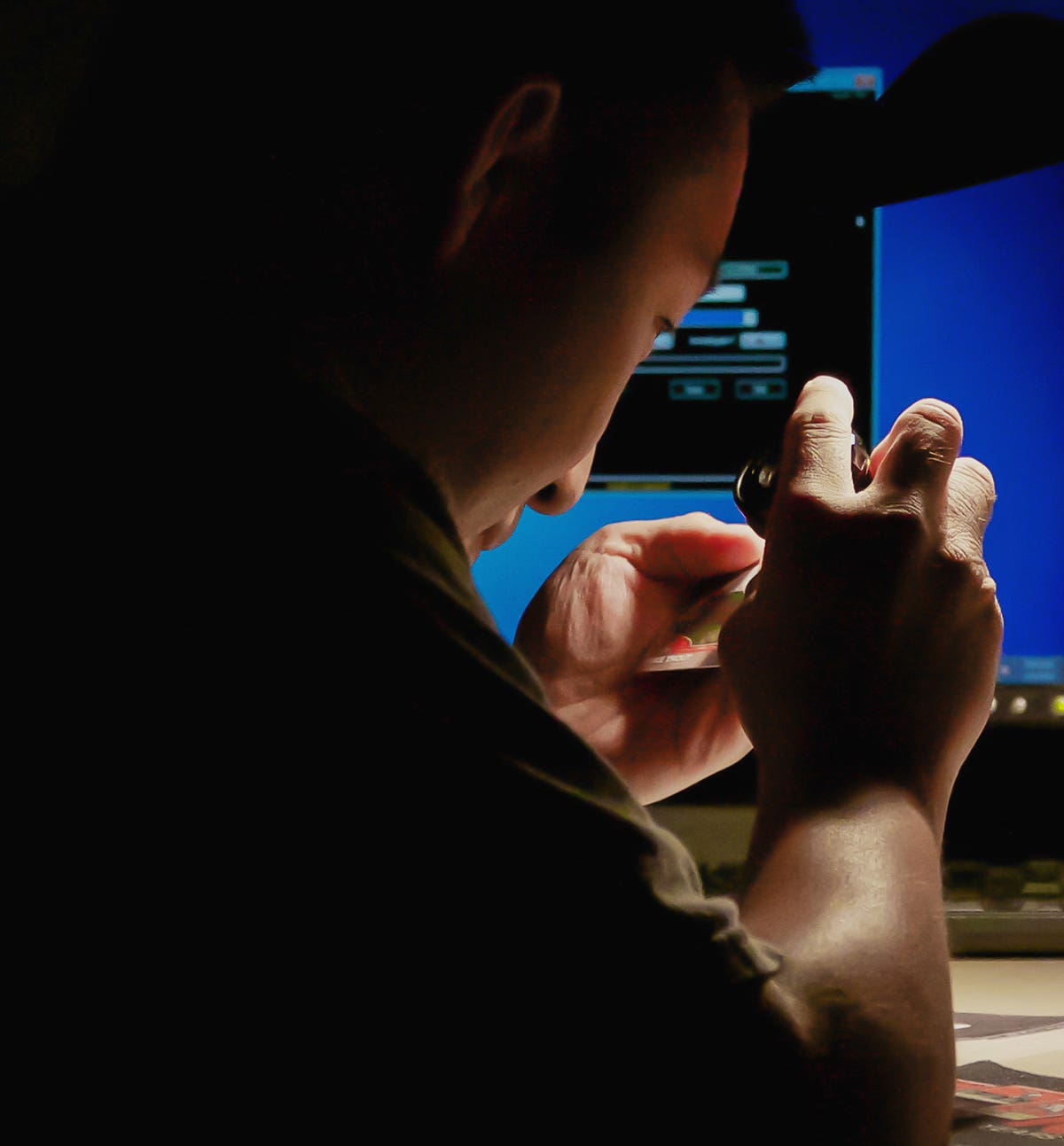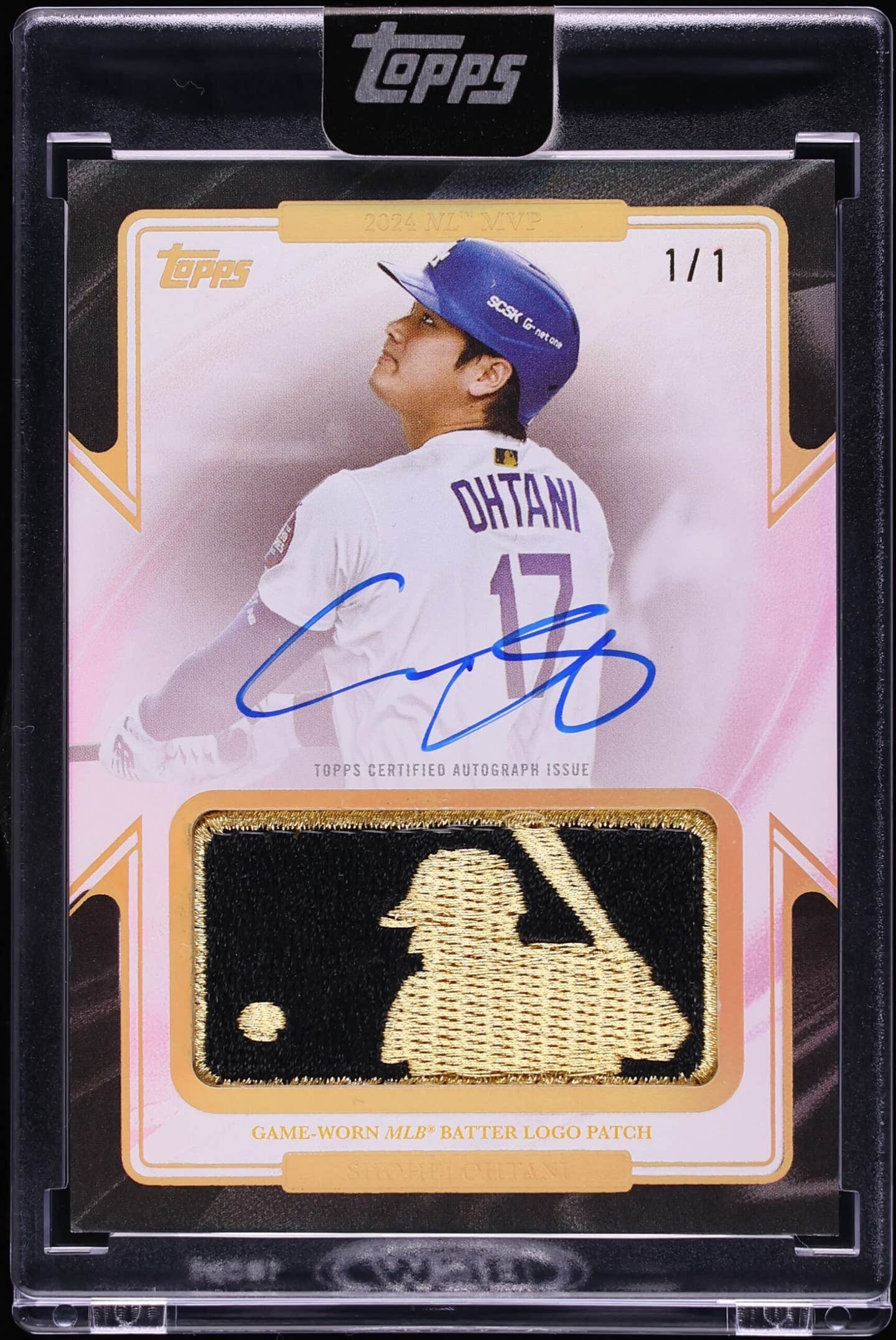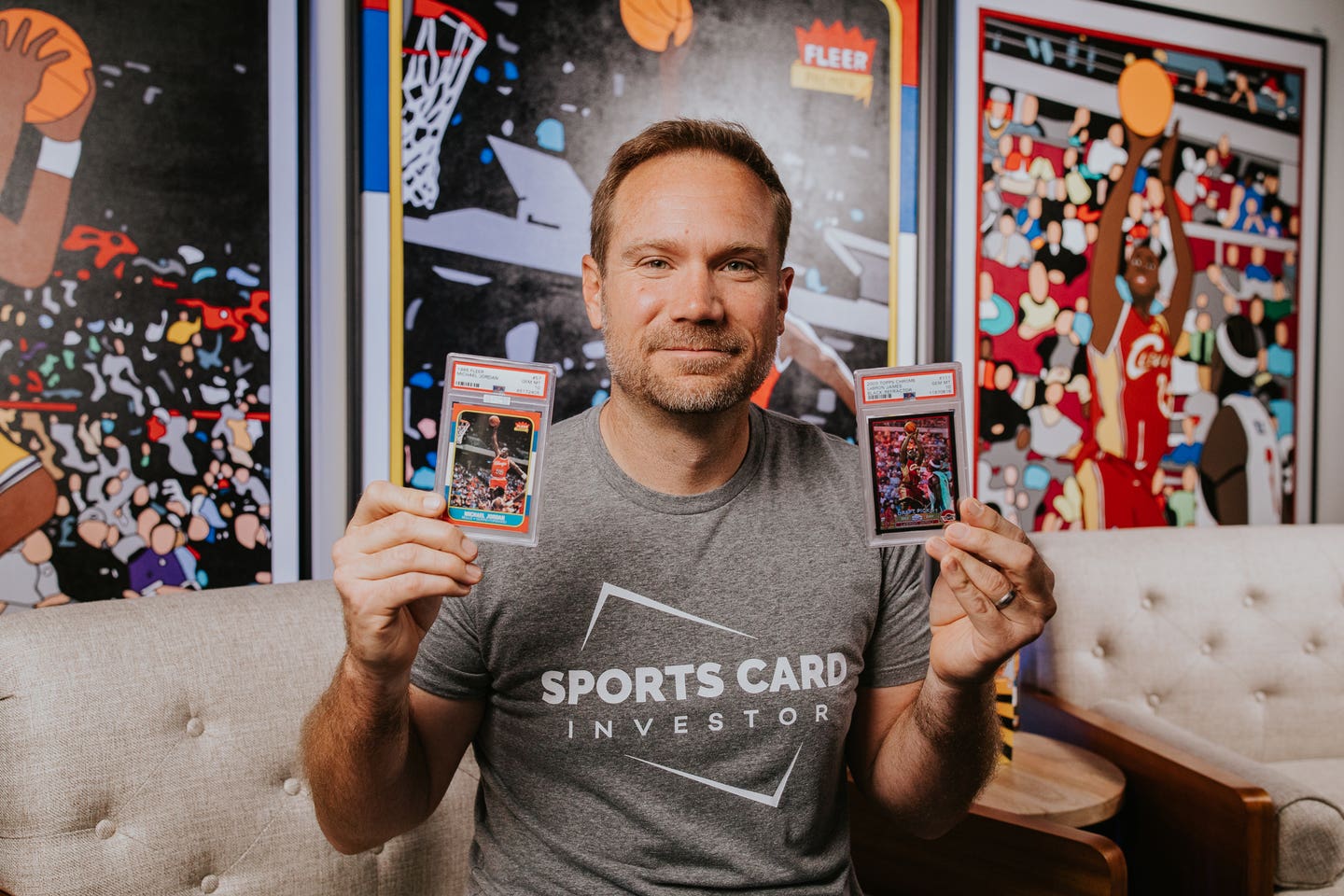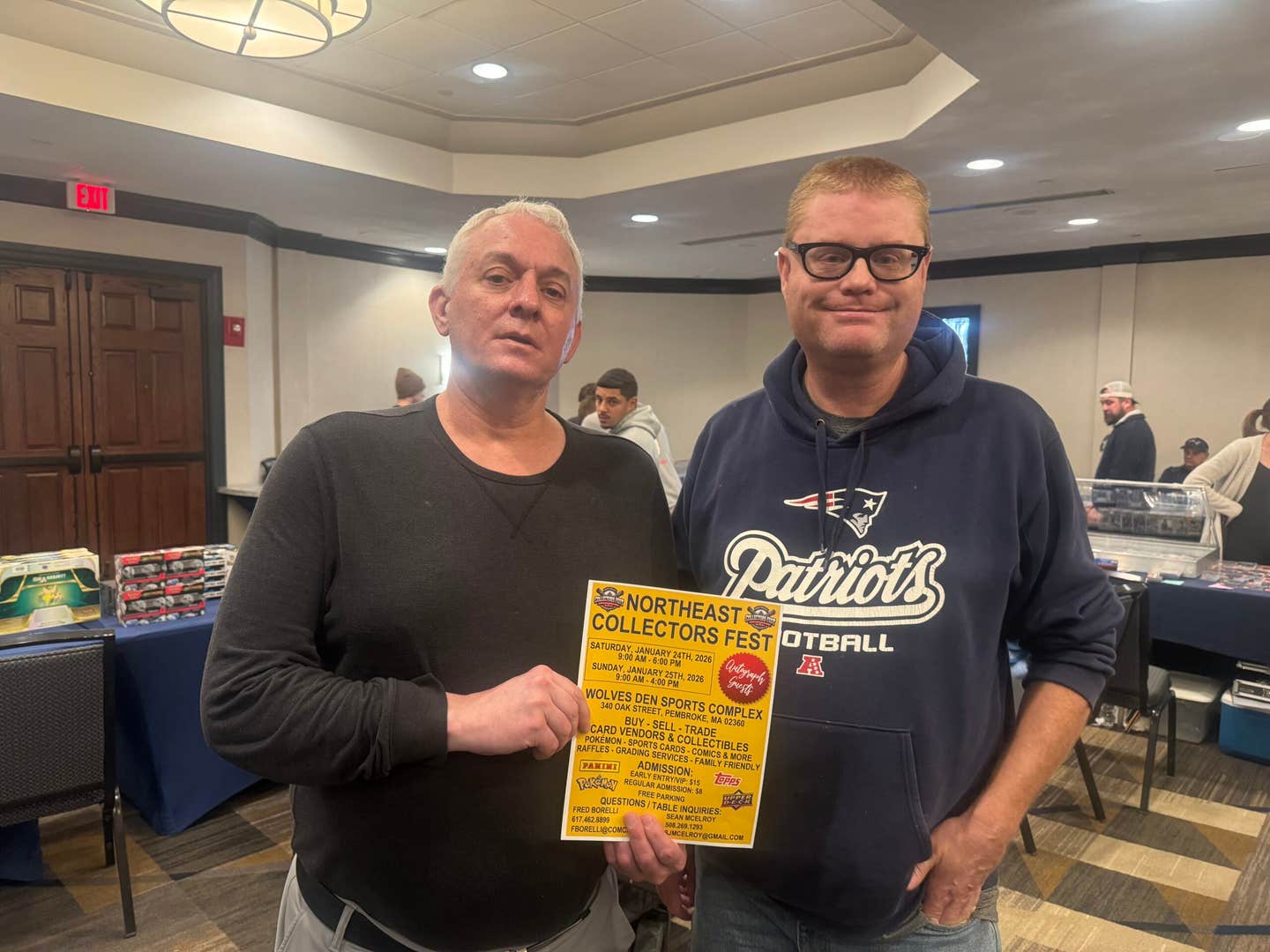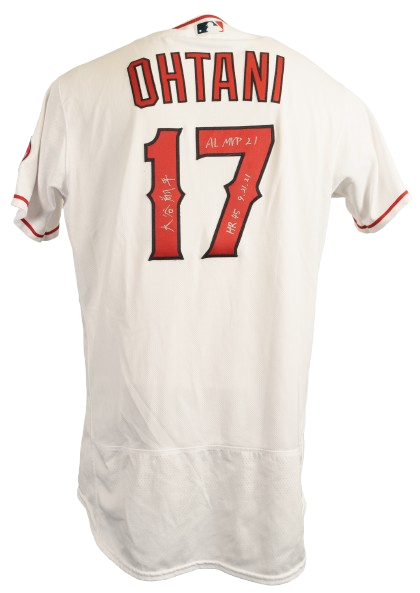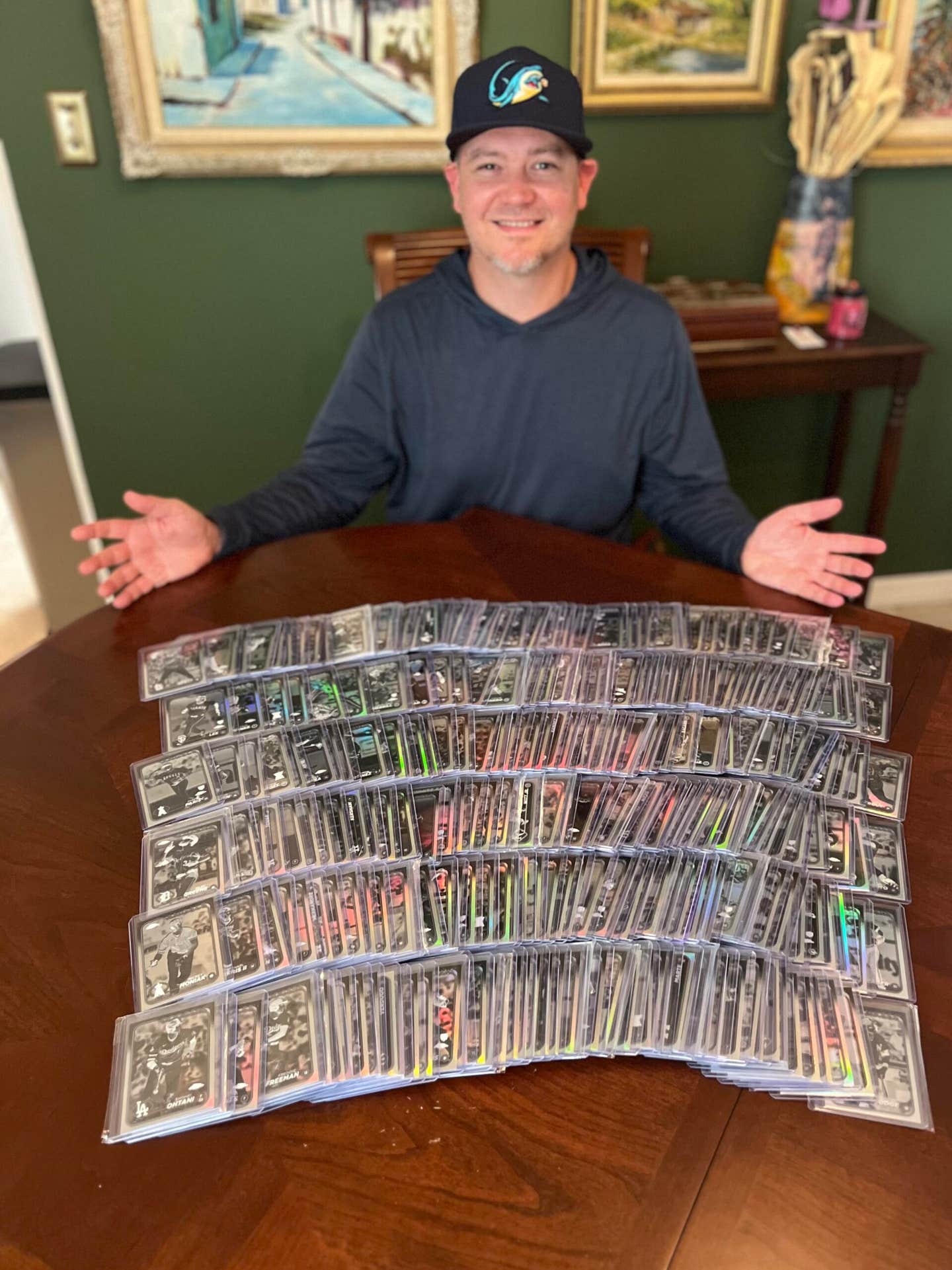Collecting 101
Collecting Cap: The biggest star of his time – Par
The earliest known photographs of Cap Anson are a picture of his 1867 Marshalltown junior team and one of him with his Rockford, Ill., team in 1871; the Rockford card sold for $20,000 in a Mastro auction in 2000. Back in the 1980s, an original of the 1867 picture was obtained in a Sports Collector Store telephone auction by noted baseball picture expert Mark Rucker, without knowing Anson was in it. He merely knew that it was from a team in Iowa and that it was said to be from the 1870s. Rucker first noticed that a different player in the photo bore a resemblance to one he had seen in a book.
Then his attention was drawn to a blonde youth in the far right of the photo. Rucker thought the youth had a "distinctive profile" and soon deduced that the player had "the same curly blonde hair I saw in an Adrian Anson photo when he was in Philly. The nose was right, the hair was right, and at 15 years old, the height was about right. I then printed out every Anson photo I could find, laid them all side by side, and then I knew I was right." Had Rucker not won the auction, the image may have never been discovered. He sold the image soon after acquiring it, for $8,500.
Other group photos or collages in which Anson appears include his Philadelphia Athletics team that he played for from 1872-75; and his Chicago team. While Anson played 22 years for Chicago, surviving group photos or collages of the Chicago team are concentrated in the 1870s and 1880s. When the team sat for a group picture in Galveston, Texas, in 1895, it reportedly was the team's first in seven years. "Anse doesn't believe in pictures,'' the Galveston Daily News said at the time. Right after that photo was taken, he did have proof sheets sent to Chicago newspapers and four dozen copies made that were 17-by-24 inches. Some were for advertising the team on the road.
Anson, with other star players of his day, can readily be found on tobacco cards. He did smoke cigars but never apparently smoked a cigarette. While he hardly drank, he appeared in a pretty ad for E.J. & Burke Ale with New York captain Buck Ewing in the late 1880s. In 1897, Charles Zuber of the Cincinnati Times-Star wrote, "There is only one case of (sic) record where ball players received a large remuneration for acting as models for an advertisement. Those players were Capt. Ewing and 'Old Man' Anson. It was before the Brotherhood War (of 1890, the year of the rebel Players' League), when Ewing was in the very zenith of his glory. A certain ale manufacturing concern wanted a taking ad. (sic) for its goods and decided that a base ball picture was the best thing. So when the Chicagos came to New York this firm arranged for Ewing and Anson to sit in front of a tent on which the ad of the company was emblazoned. Barrels and cases of the product were placed in close proximity and Ewing and Anson, in their uniforms and each with a glass of ale poised graceful in his hands, were in the foreground. The ad made a big hit and Ewing and Anson received $300 (about $6,000 in 2007 dollars) and a case of ale each. It was quick and easy for them."
By the way, during spring training of 1895, Ewing was at an inn in Mobile, Ala., that had the picture on a wall. "There was the time that I was pretty well stuck on myself," said Ewing, looking at the advertisement. "That firm gave me $500 (about $10,000 today) for having that photograph taken.''
Uniforms of players from the 19th century are rarities, and one such item, a circa 1888 jersey of Anson's, was sold for $36,800 in the 1999 Sotheby's Barry Halper Collection auction. Sotheby's called Halper's jersey "arguably the best 19th-century jersey in the Halper Collection." However, the authenticity of that jersey is still a matter of debate.
Mastro said he looked at the jersey and "never thought it was real." He felt it just didn't have the right age to it. He also said, "I am sure I have things in my collection that are no good," and that sometimes the key to authenticating something is the number of critical eyes that examine it.
In a telephone interview, Richard Russek, president of Grey Flannel Auctions, which authenticated the uniforms in the Halper collection, stood by its authenticity.
The only other uniform of Anson's allegedly from his big-league career is owned by the National Baseball Hall of Fame.
A second Halper jersey related to Anson came from Anson's granddaughter, who sold it to Mastro, who in turn sold it to Halper. The jersey is from his semipro career, which spanned 1907-09. "Anson's" is across the chest in brown felt letters. It sold for around $4,900. Mastro said, however, that the jersey was too small to have been worn by Anson, who at the time tipped the scale at around 280 pounds.
There is no known documented Anson glove, said Dave Bushing, an authenticator at MEARS. Bushing added, "He would have used one of the new-fangled fingerless models or workman's glove or maybe both, each of which bring thousands of dollars without any player documentation. If one could be identified to having been worn by Anson, it would be the most valuable glove ever sold."
Anson appeals to collectors for various reasons, including his great name recognition and having played for so long in Chicago, on the oldest 19th-century franchise to be continuously in the same city at the big-league level. As the first player to reach 3,000 hits, he is one of the few players before 1900 who can be neatly inserted in discussions of modern-day players. Anson's infamy as a racist during his playing career - including uttering the "N-word" in reference to an opposing black player moments before a game at Toledo in 1883 - has not diminished his value.
As is true of many of his baseball contemporaries, the largest volume of surviving items are baseball cards. In physical quality, the Anson one that has worn the best is in the 1887 Allen & Ginter set, because it was printed on heavy cardboard, said Kevin Struss, who is in charge of vintage cards at Mastro Auctions. Also, that set was made in a fairly large quantity. For anyone seeking to acquire a "very good" grade of Anson from his playing days, about the lowest price would be for a card from that set, which Struss said can be found for around $3,000. High-grade 19th-century cards are rare, and a PSA 9 grade of that card of Anson recently sold for $26,450.
Struss said Anson is absolutely the gold standard for 19th-century cards, and that Mike "King" Kelly is a distant second. For example, a nice Old Judge of Anson will go for $10,000, while a similar one of Kelly will fetch around $4,000. A nice Old Judge of most 19th-century Hall of Famers usually can be bought for around $1,000 to $2,000, Struss said.
The rarest Anson is an Old Judge card of him in his playing uniform. Struss is knows of just four examples, three of which are in private hands, with the Metropolitan Museum of Modern Art in New York now holding the fourth. "A nice one today could go for $200,000. It's kind of like the Honus Wagner of 19th-century cards; it's really popular," he said.
He is not aware of any diehard collectors of Anson cards. Today, there are not as many single-player collectors as there used to be, Struss explained, and collectors today tend to focus on sets. Struss himself once owned some significant Anson cards, which he later sold.
Unique to Anson, but yet not too scarce, are bottles from his failed venture in ginger beer. "I am now making preparations to begin the m anufacture of ginger pop," Anson told a reporter after the 1891 season. "Yes, I will put Captain Anson's ginger pop on the market next season. It will be invigorating, stimulating, but not intoxicating, as they say about circus lemonade.''
By the summer of 1892, his enterprise would be a failure, even though it had been previously sold in ballparks, including in Detroit in 1883.
In spite of its name, the beer was not alcoholic. In explaining Anson's failure, the Chicago Tribune said his bottler had not known that yeast, when it sours, is combustible: "Those who bought it will not forget their experiences to their dying day. All one had to do was to hit the metal cork on the bottle against something. The beer would do the rest. An explosion would follow of no small proportions, and the entire section of the grand stand where the bottle was opened would receive a delightful shower bath of ginger beer.''
In 1999, Sotheby's sold one of his ginger beer bottles, empty of course, for $920.
Mastro Auctions has also sold a few of them, and the founder has one in his personal collection. "Mine still has the little metal cork lid that goes on top too,'' Mastro boasted. Otherwise, his current collection of Anson includes a high-grade Old Judge cabinet card, a copy of Anson's 1900 book, and a few photos, including a postcard taken at the old Riverview Amusement Park in Chicago that hangs on a wall of his home.
The 1900 book, A Ball Player's Career, is not too scarce, and sometimes can be found with Anson's inscriptions. Brad Wackerlin, owner of the website www.capanson.com, acquired one such book in 2005. On an Internet auction, I came across a copy with the name of a descendant of Anson's brother Sturgis, the only sibling of his who lived to adulthood. As part of the digitization of books no longer covered by copyright, the 1900 text is now searchable at the following Internet link: http://www.gutenberg.org/etext/19652.
Also potentially not scarce are pins from his 1905 campaigns for city clerk of Chicago, and his failed 1907 run for sheriff of Cook County. However, a campaign poster of his from 1905 is rare; one acquired from Anson's granddaughter was in the Halper Sotheby's auction and sold for around $3,200.
Among ballplayers, walking sticks were hugely popular late in Anson's career, and the Halper auction sold one for around $3,100. The cane features portraits of 11 players, including Anson, with the handle shaped like a baseball.
Anson can also be found on Chicago scorecards, especially in 1888 and 1889. In 1888, Chicago teammate Fred Pfeffer bought the rights to sell them on Chicago's grounds and made their covers especially pretty. Anson is featured in an ad in them - for floating soap. Besides being known for touting a well-dressed team off the field, Anson liked to change his lineup at the last minute, thereby making them inaccurate. A collector somewhere could have a September 1888 scorecard with the following language that Pfeffer had printed on them; the prose was reported by a newspaper that month: "Anson has a way of changing the players just before the game when it is too late to make any changes in the score-card. We try to have them right, but are not proof against his dreams (of his thinking of new lineups while asleep).''
In another variation of the scorecard, in 1889, Pfeffer had these sentences printed: "Newspaper correspondents accompanying base ball teams in most cities are supposed to write in favor of the team they travel with. It is so with the scribes journeying with the Bostons and New Yorks, but just the opposite with the reporter who follows the Chicagos.'' At the time, the Chicago Tribune reprinted the comment and defended itself as providing an "unbiased, uncolored account'' of games. Also, "More good ball playing and fewer excuses for poor ball playing will probably result in reports more to Editor Pfeffer's liking."
An item featuring Anson that was widely recorded for posterity, but may not have made it to the modern era, was a print ad on behalf of the Chicago team, in 1892. During his Chicago career, he otherwise was rarely featured by himself on posters, and this one drew lots of notice. Their total cost was around $1,000, which would be about $20,000 in today's dollars.
One day that May, Ren Mulford Jr. of the Cincinnati Times-Star reported that the Cincinnati club had just received three-panel posters of Anson containing the following phrase: "I'll be here and the Colts will be with me.'' A month after Mulford, the Baltimore American said the Baltimore club had just received posters from Chicago. "Anson's bust looms up in great form, and underneath it says: 'I will be here, and so will the Colts on June 4, 6 and 7.' The advertisement is very attractive.'' Days later, the Washington Post said there is a poster in town showing Anson with "his celebrated remark, 'I'll be here and the Colts will be with me.' '' Near the end of the season, the St. Louis Post-Dispatch said, "Anson will be here to-morrow for the last time this season, and the Colts will, of course, be with him.''
Also yet to be discovered is a diary he supposedly kept, going back to the late 1860s when he attended Notre Dame's program for high school students. In 1897, a writer who analyzed Anson's ledgers at the school wrote, "Adrian kept a diary, which, by the way, if it could be unearthed, should prove interesting reading.'' In a recollection in 1911, Anson wrote in a newspaper serial, "I had got the diary habit, and the books are still in my possession.'' When I checked with granddaughter Sherwood in 2001, she said she never heard of him having one.
As far as his signature, Anson at one time "was considered one of the scarce guys but not rare. I don't know if he's scarce today," said Mike Gutierrez, consignment director of Heritage Auctions. Gutierrez noted the few dozen city clerk-era letters that genuinely have his signature. On the other hand, he pointed to the appearance, every so often, of cut signatures of Anson in pencil and said he suspects a lot of them are forged.
"Until proven innocent, I think they're all guilty," he said. He also said that cuts of Anson signature are not taken from his letters, because ever since baseball memorabilia collecting became a business around 1980, collectors know that letters have more value than cuts, on the order of double the value or more. He said cuts were a popular style of collecting decades ago when people would write to the widows of famous people, but that it produced highly suspect results.
Gutierrez called Anson's writing "Spencerian," in the style of noted U.S. penmanship teacher Platt Rogers Spencer, who lived from 1800-64. In the second half of the 19th century, it was the style taught in schools, and the style is pronounced in the "up and down flows of the n's and the way of looping c's.'' Not until the 1920s did baseball autograph styles change dramatically, when styles were chosen liberally by signers "according to how they feel about it rather than how they were taught," Gutierrez said.
During Anson's career, newspaper coverage of him was so extensive that includes some incidental mentions of memorabilia that is of general interest to collectors today. For example, in September 1885 at St. Louis, Chicago's Ed Williamson and Pfeffer played a tabletop baseball game made by the Lawson Card Co. of Boston. The company was presumably paying them and others to compete for a league title. "Anson sat beside Williamson and smiled serenely at the manner in which his men laid out the St. Louis players (Jack Glasscock and Alex McKinnon)'' in winning, 21-4. For each winning game, a player got a $20 gold piece, worth about $400 today. Each loser got a $5 one.
Before his tenure as city clerk from 1905-07, minimal prose in Anson's pen can be found. The meatiest prose about him, in any original pen, can be found in mostly in one place: the 1870s and 1880s Chicago baseball club files at the Chicago Historical Societ y. The heart of the correspondence was written to successive Chicago club presidents William Hulbert and Albert Spalding, who are both Hall of Famers. A descendant of the club's late 19th-century groundskeeper, Charles Kuhn, donated the files a few decades ago.
One 20th-century public collection with Anson's signature is in the Archives of the Cook County Circuit Court, relating to litigation over his bankruptcy around 1910.
There are some Anson signatures that aren't his own, and mostly relating to letters stamped in his official capacity during his tenure as city clerk. Several years ago, Halper gave this writer two bank items with his signature from the late 1890s, which most likely is in the handwriting of Mrs. Anson.
Although it probably never reached the collectors' market and has not been preserved, Anson did perhaps write under a pseudonym at least once - in 1897, after he came under fire in Chicago newspapers for his handling of his players during a lousy season. One day that summer, the Chicago Tribune ran a letter in Anson's defense from Charles Allen, who claimed to be "a true friend of Captain Anson."
In a rebuttal to the Charles Allen letter, someone named Charley Horse argued that judging by its phraseology, it may have come from Anson. For example, Charles Allen wrote that "it may be of interest to (Charley Horse) to be told that Captain Anson has the absolute confidence of the controlling members of the company (the Chicago club) and he is given carte blanche to run the club as he sees fit. During the present disastrous season they have stuck closer to him than ever, and 'in defeat they are not divided.' "
Another gem from Charles Allen was, "At the present time the man who never knows defeat until the last man is out (Anson) is suffering with a severe case of charley horse and spends from three to five hours each day rubbing his leg. He can't sleep but three or four hours at night, yet he plods along, practicing diligently and conscientiously, endeavoring to lead his Colts on to victory and a higher place in the percentage column."
The most extensive original photographic collection of Anson belongs to the Chicago Historical Society: negatives from the Chicago Daily News that contain about 20 images of him mainly from the first decade of the 20th century. The pictures mainly relate to his political and semipro baseball careers. One possible historical last is a picture of Anson at a golf tournament in the summer of 1921, less than a year before his death.
In card collecting, a common tale of woe is about the mother who cleaned out her son's closet without him knowing and threw them out, thinking they were not worth anything. A possible corrolary is that in memorabilia collecting, a family member will sometimes sell off some prized items, and then another family member will scoop them up when they come on the open market. In 2002, a photo of Anson and two of his daughters with President Warren Harding showed up on eBay, having been sold off by Anson's granddaughter, and Jeff Smith, a grandson of granddaughter Sherwood, acquired it for a few hundred dollars.



